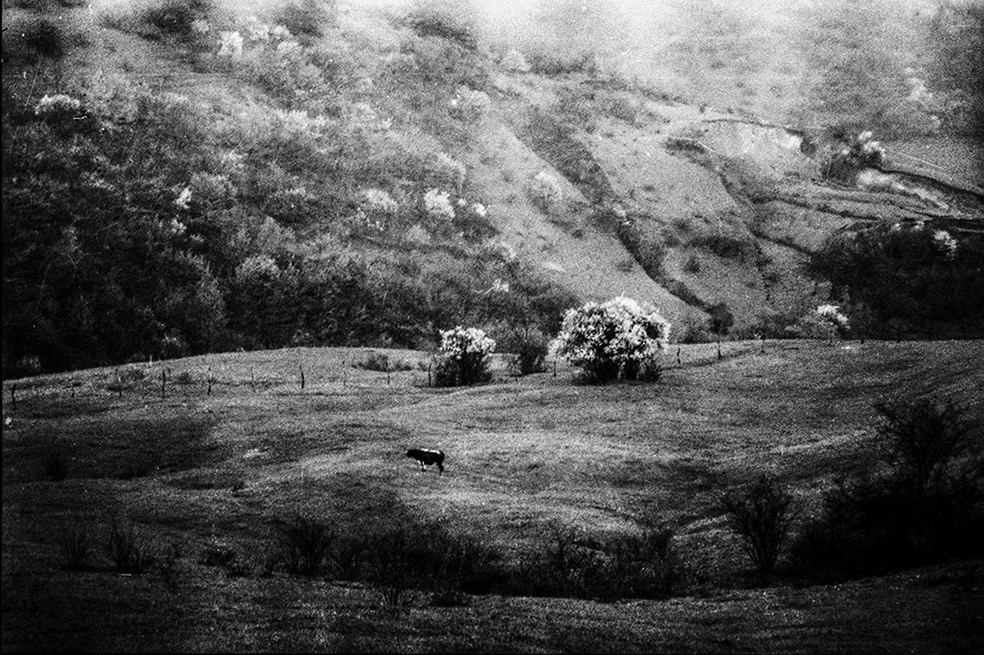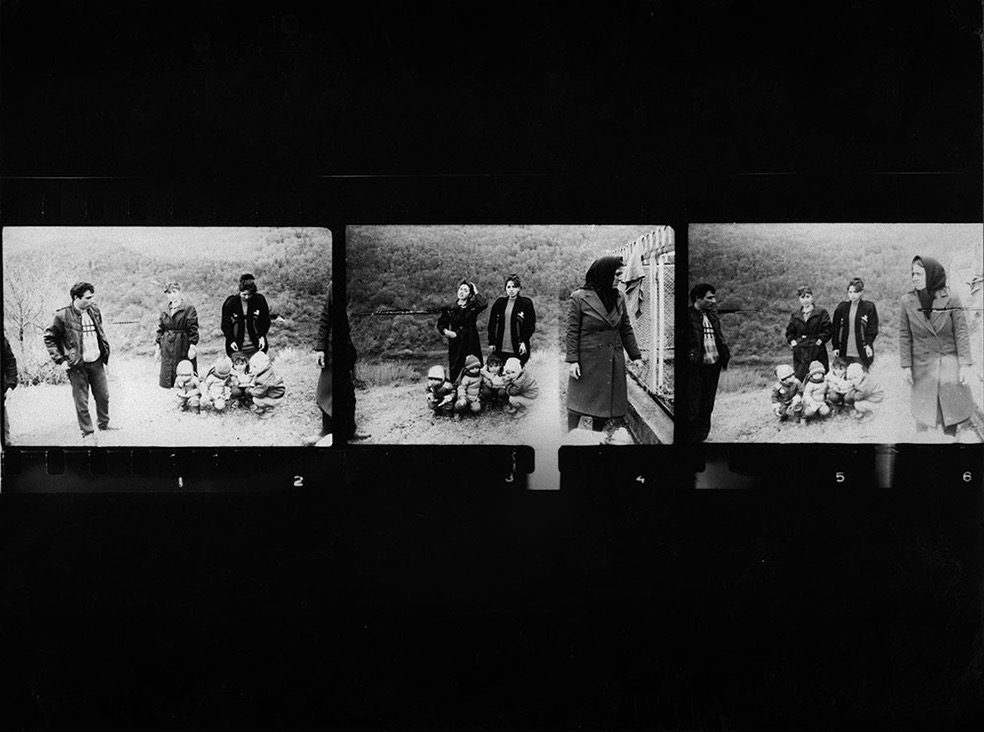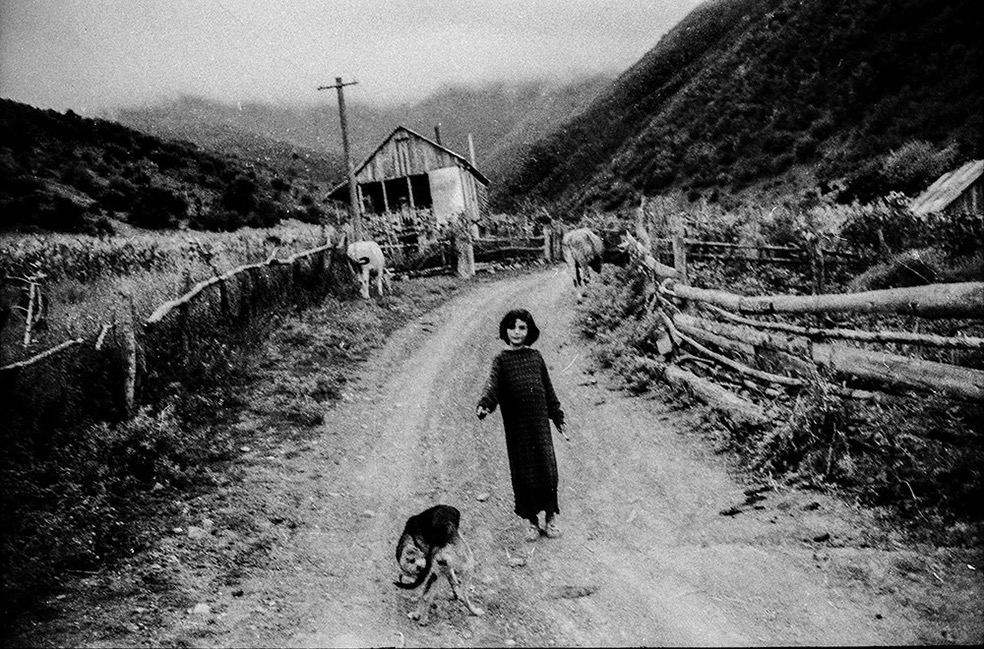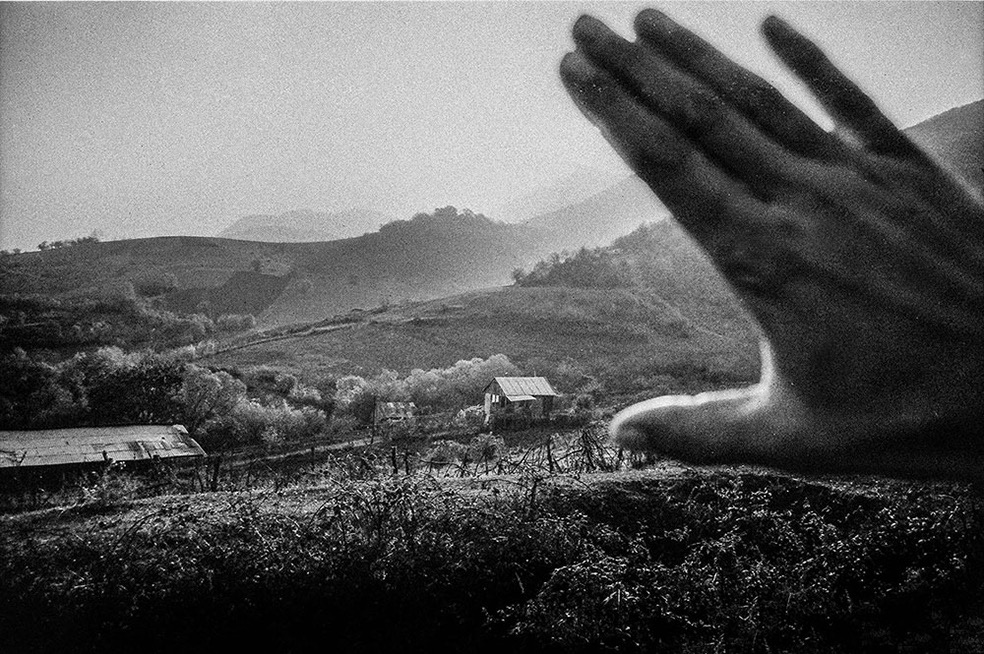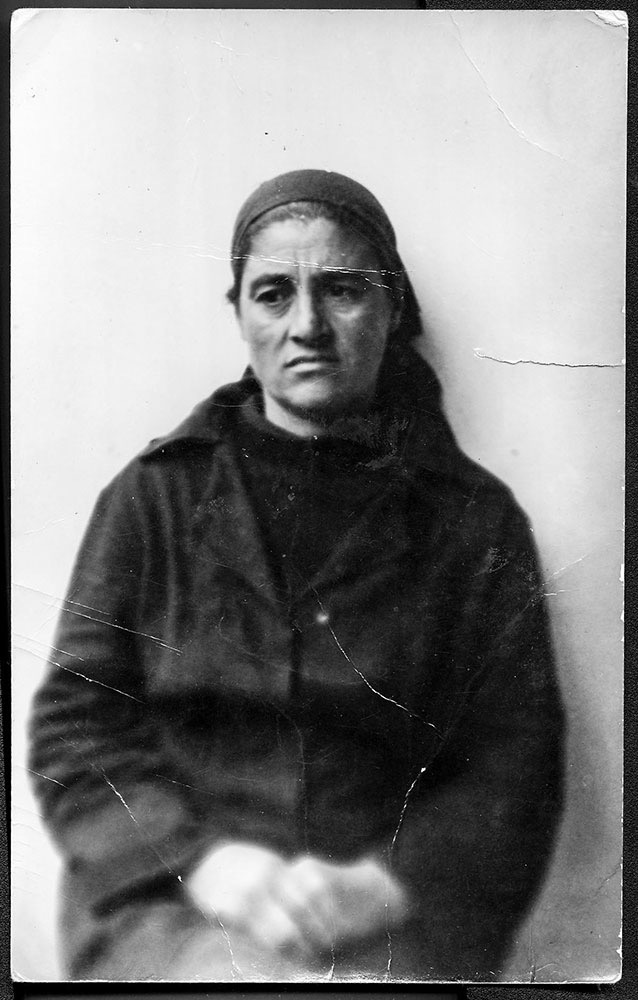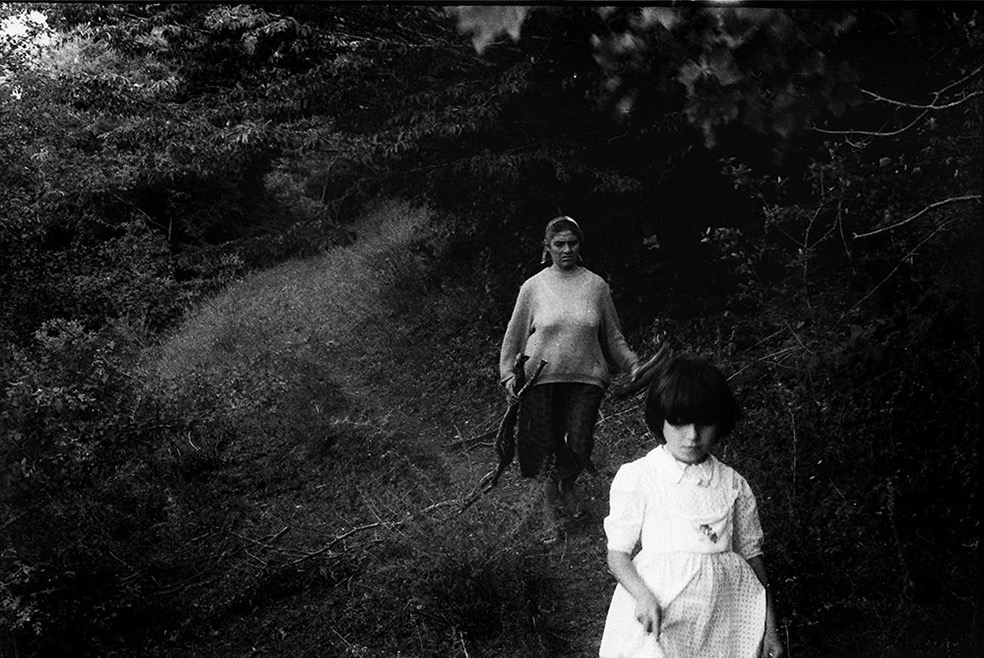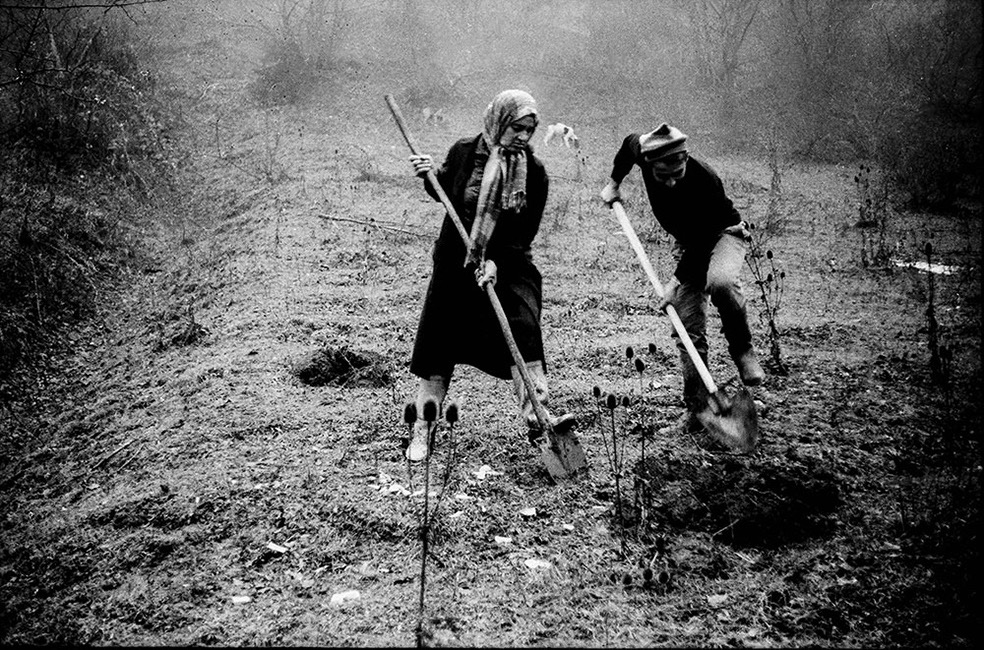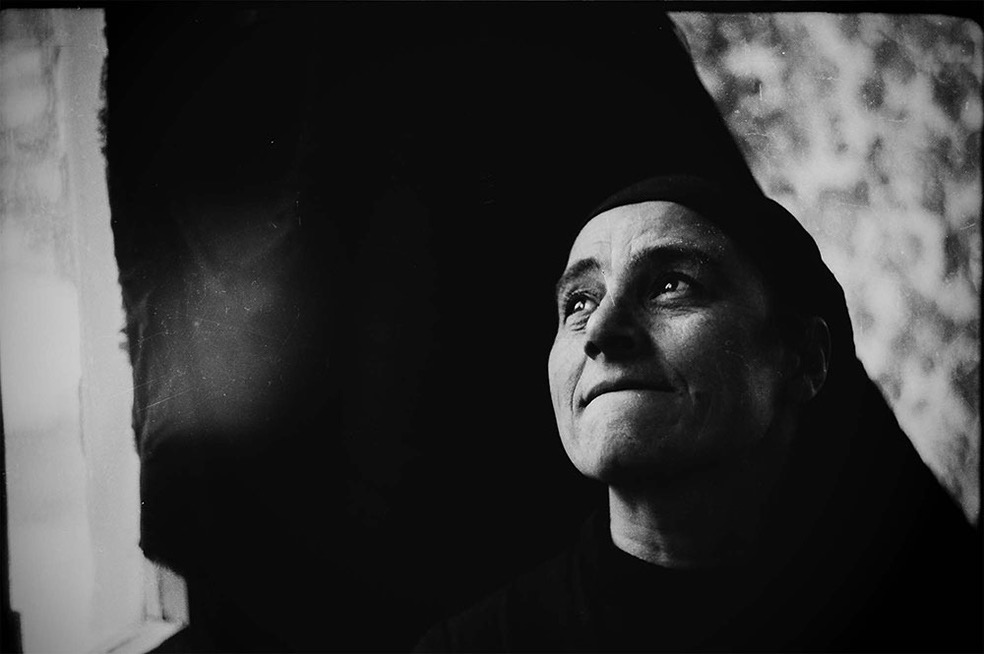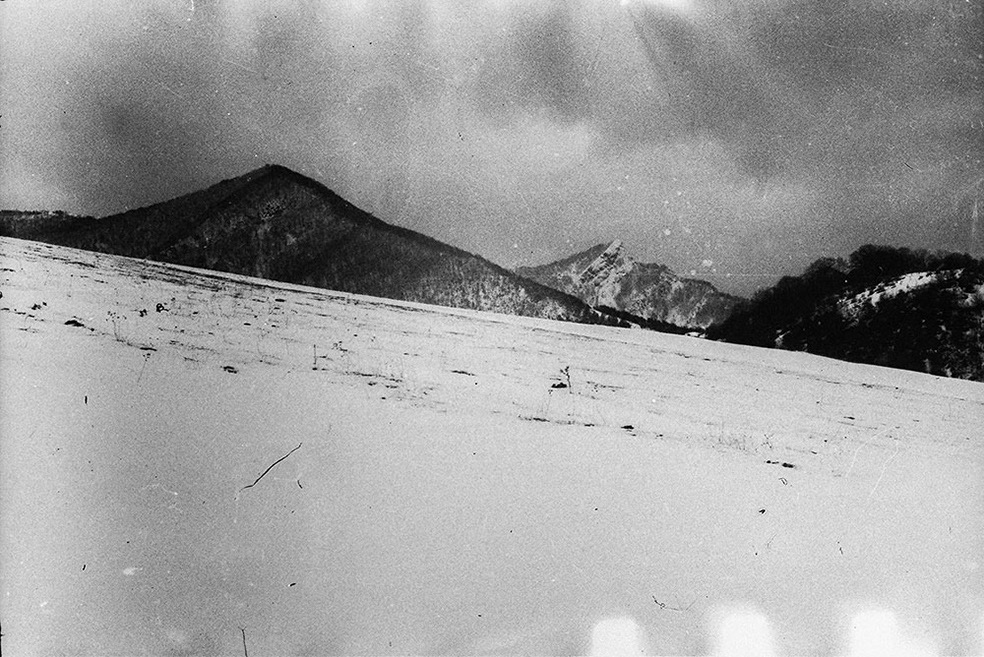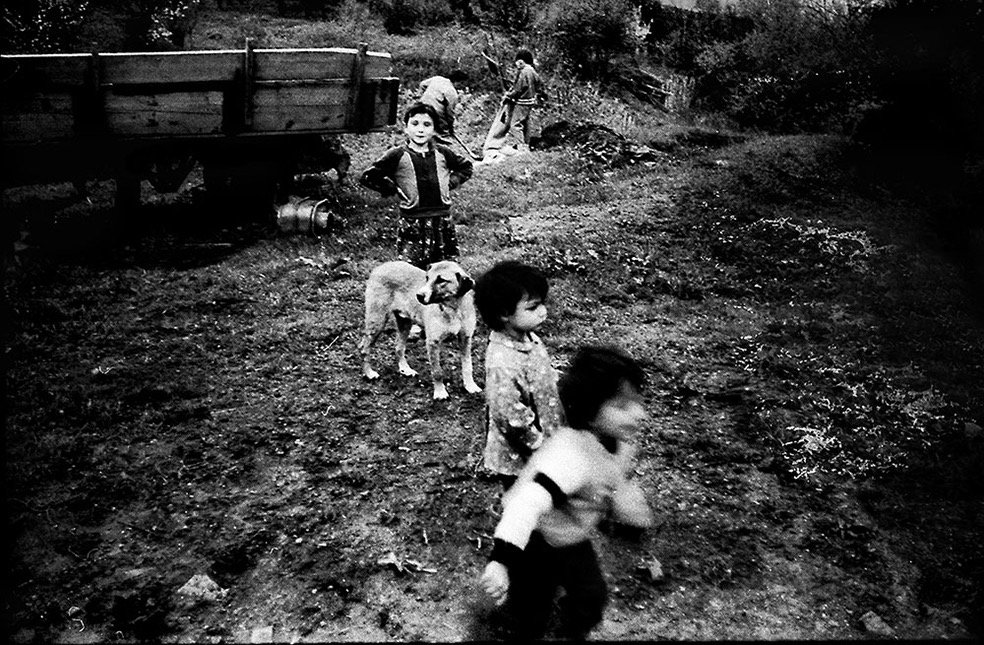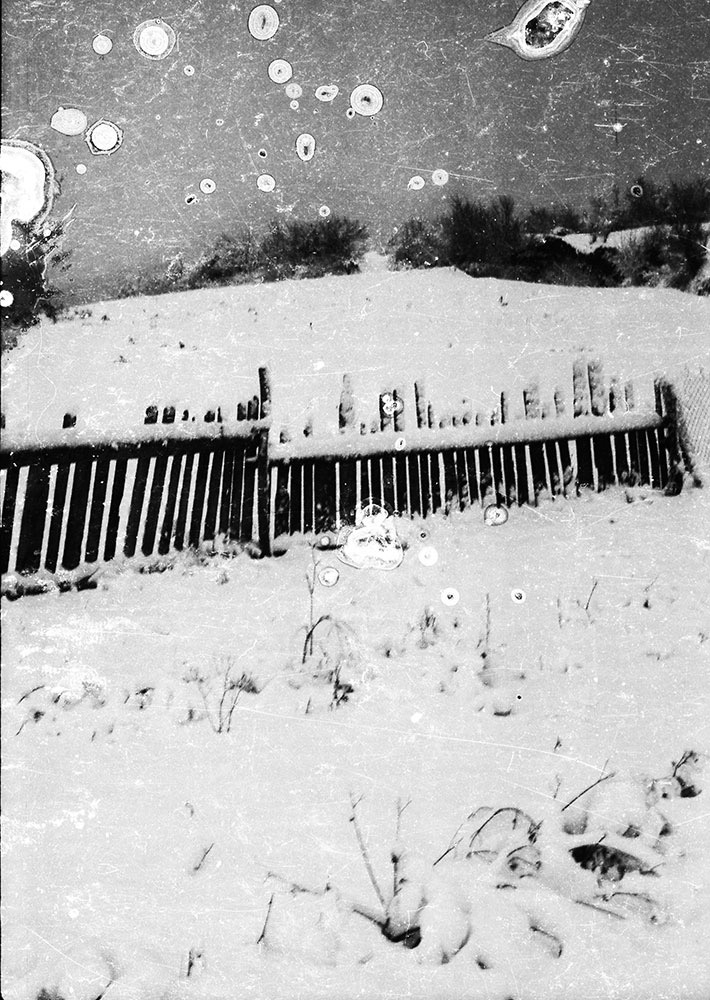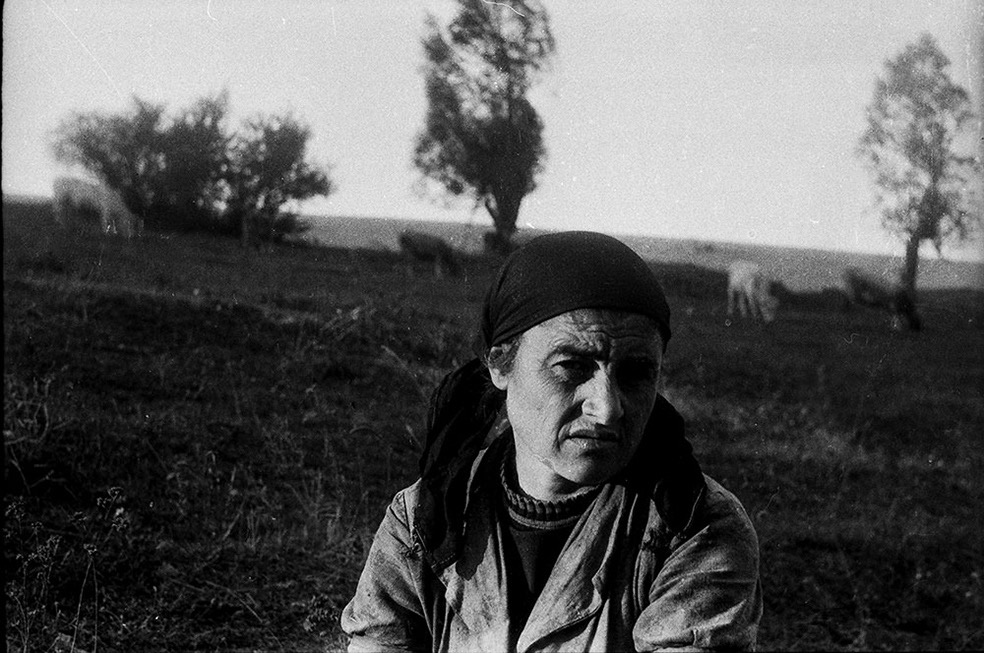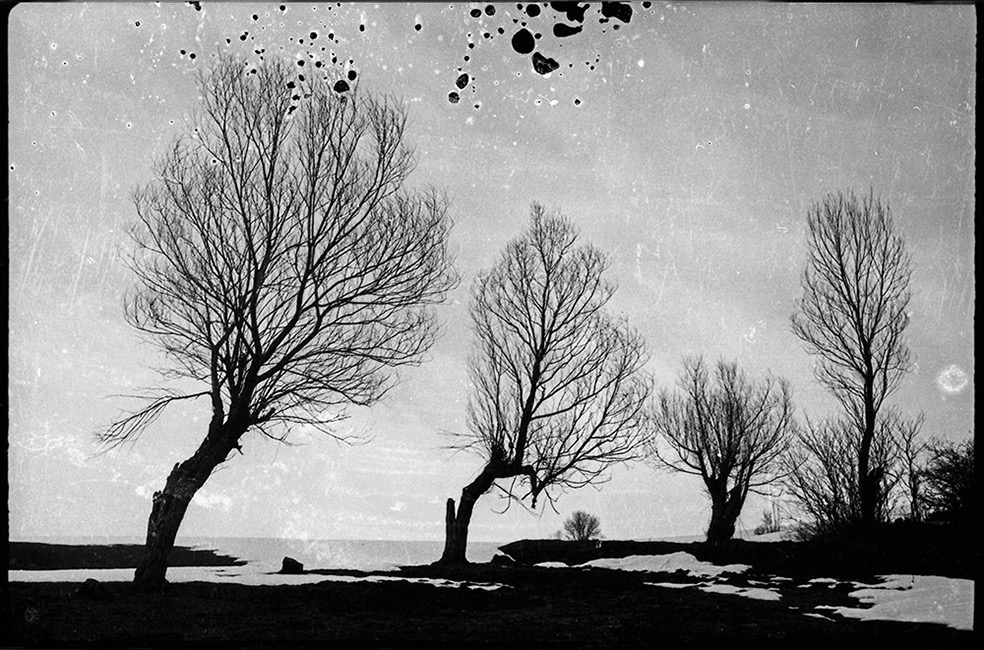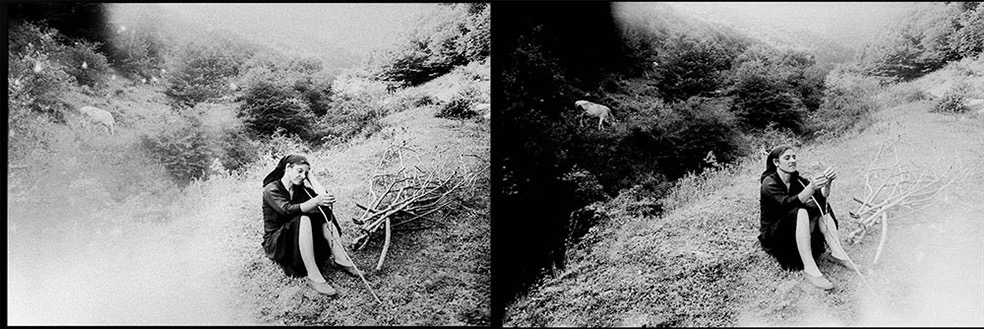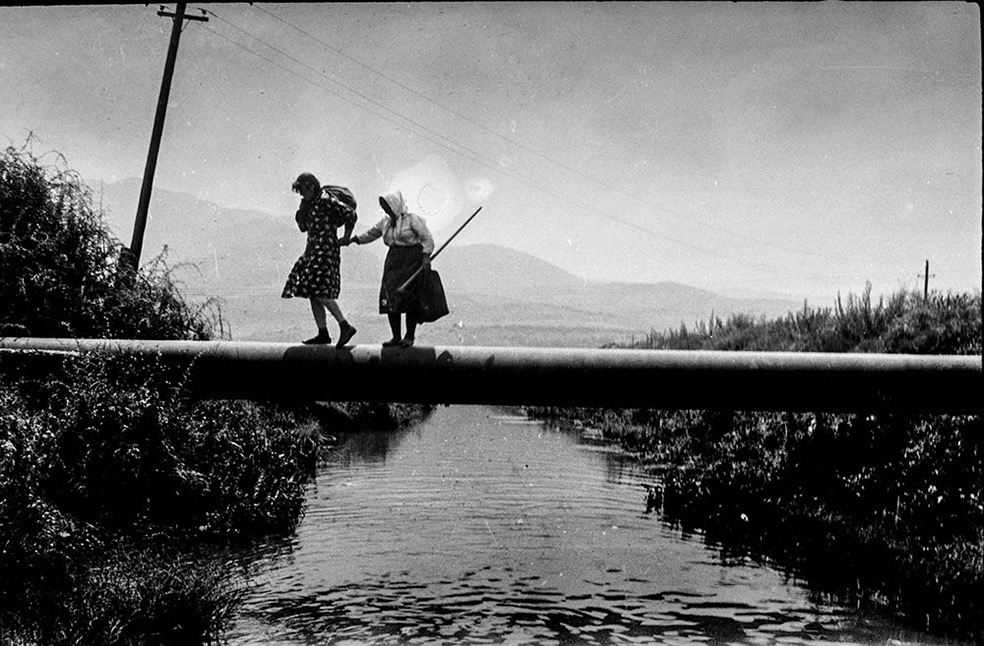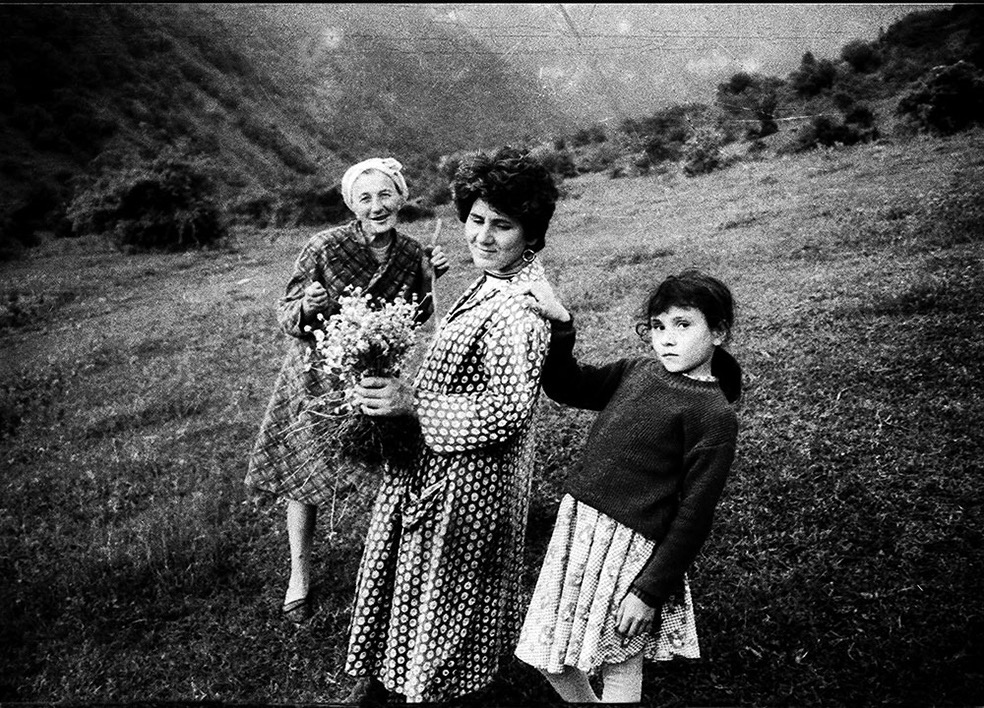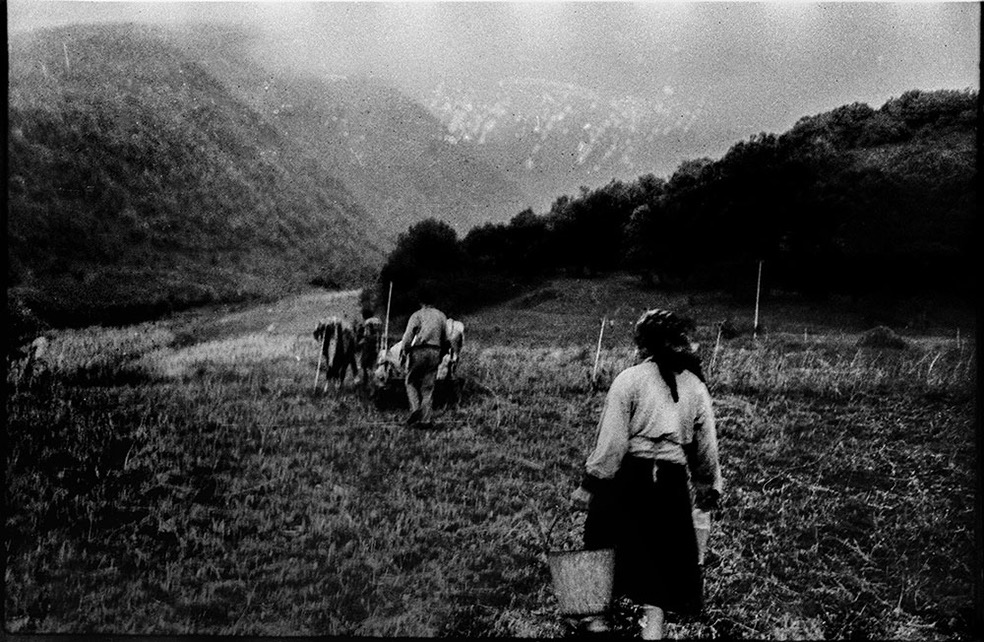My mother was born in the beginning of World War II in a small village. By this time her father was already in war, from where he didn’t return. She was ten years old when her mother died. She was hit by a train. I remember her saying once: “I was at school, in the middle of the lesson, one of my classmates opened the classroom door and yelled: Keto, your mother is dead”. Since then she was raised by her brothers and their wives. I don’t know much about her childhood, because she didn’t like to speak about it. I only have fragments, those I’ve gathered through the years, randomly said by her or her relatives.
Keto, my mother, was 22 years old when she got married in a high mountainous village, where I and my brother were born. She wasn’t a strict parent but she wasn’t loving mother either. After finishing the school, I moved to the capital, Tbilisi, to continue studying. This was the period when my father died. After finishing the college, I stayed in the city. My mother gave me a freedom, but at the same time, she had no interest in my life there. Because of that I was tormented with the feeling of anger and offence for a long time. Every time I visited home, back in the village where I grew up and I constantly missed, I could see that no one was waiting for me and I was a stranger there. Slowly an abyss emerged between us and we became strangers to each other. It took me years to overcome the offence and accept the reality.
It took me years to understand that we are both similar in many ways. I know that now, after so many years, my mother thinks that I am an indifferent daughter as well. And I can’t tell her how much I always loved her, how I always wanted her to be happy and how I always wanted to feel that I was someone who she loved. I wanted this book to be about my mother. But in the end I realized that this book is about us, about me and my mother.
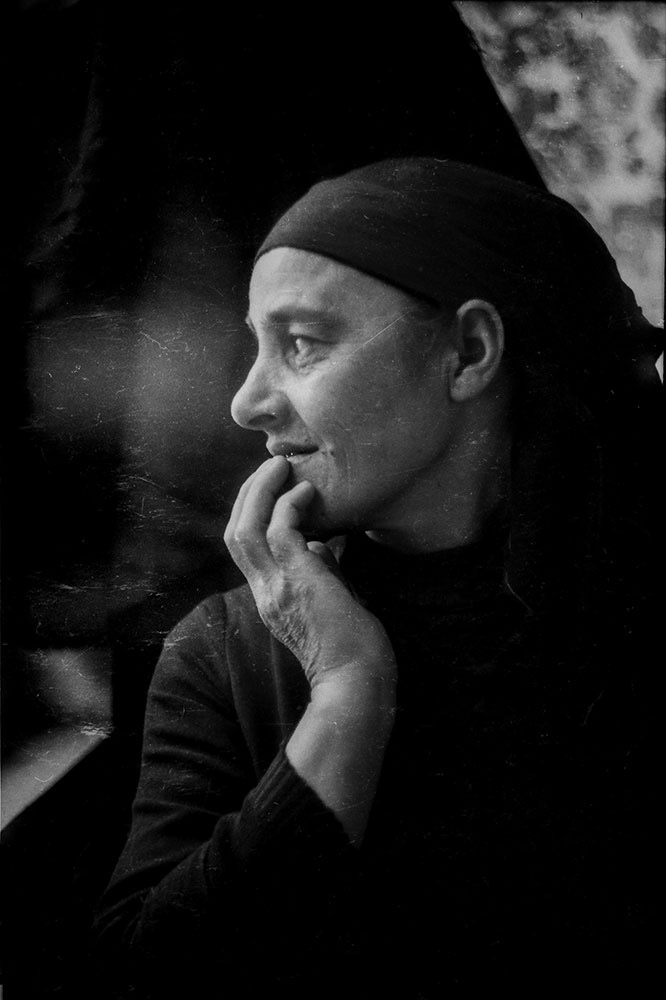
Natela Grigalashvili was born in Khashuri, Georgia. Her childhood dream was becoming a cinematographer but photography turned out to be a media which brought more comfort to the artist. Artist was introduced to photography in various studios and established as a photographer after working independently for years. From the 1990s, Grigalashvili has been participating in different exhibitions and art projects. Artist worked as a photo reporter as well as a film operator. Grigalashvili was awarded the Alexander Roinishvili Prize for her contribution to Georgian photography in 2007. Her photograph the Son of a Fisherman was chosen by National Georgraphic for Your Shot category in 2013. In the 1990s photographer used to shoot with black-and-white film. For last 10 years, Grigalashvili has been taking color photographs with a digital camera. Artist mainly makes photo series and realizes long-term art projects. While working on a photo series Grigalashvili focuses on the story which is told by the image… The famous series are: Georgian Village, Javakheti, the Dukhobors, Azerbaijanis in Georgia, Animal Market, Traditional Holidays, Pankisi Gorge. Grigalashvili lives and works in Tbilisi. She teaches photography at the Tbilisi State Academy of Arts and at Tbilisi State University. Artist permanently works on photo projects and travels in different regions of Georgia. Grigalashvili founded photography schools in Javakheti (2014) and in the Pankisi Gorge (2015).
Website: natelagrigalashvili.com
